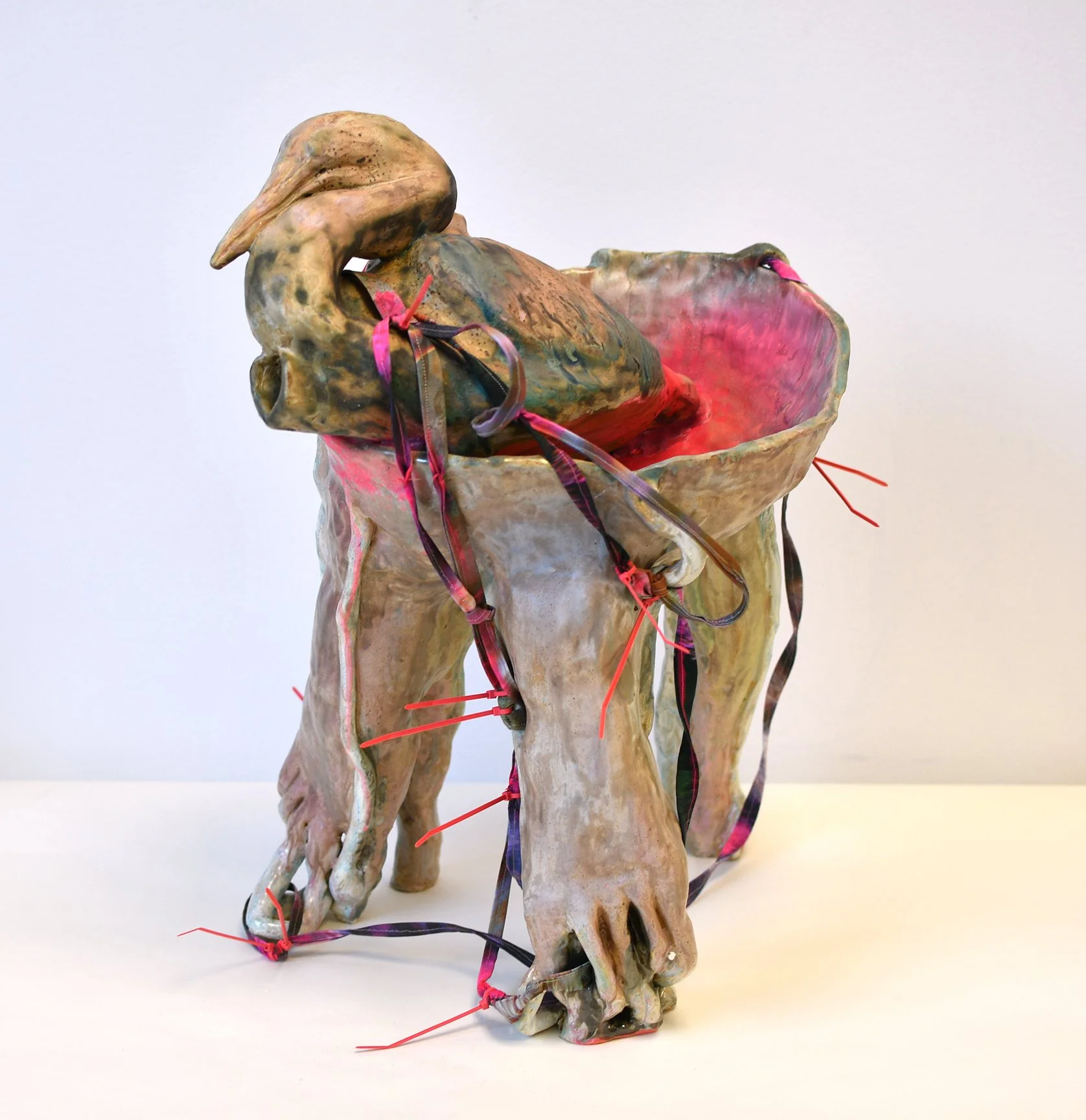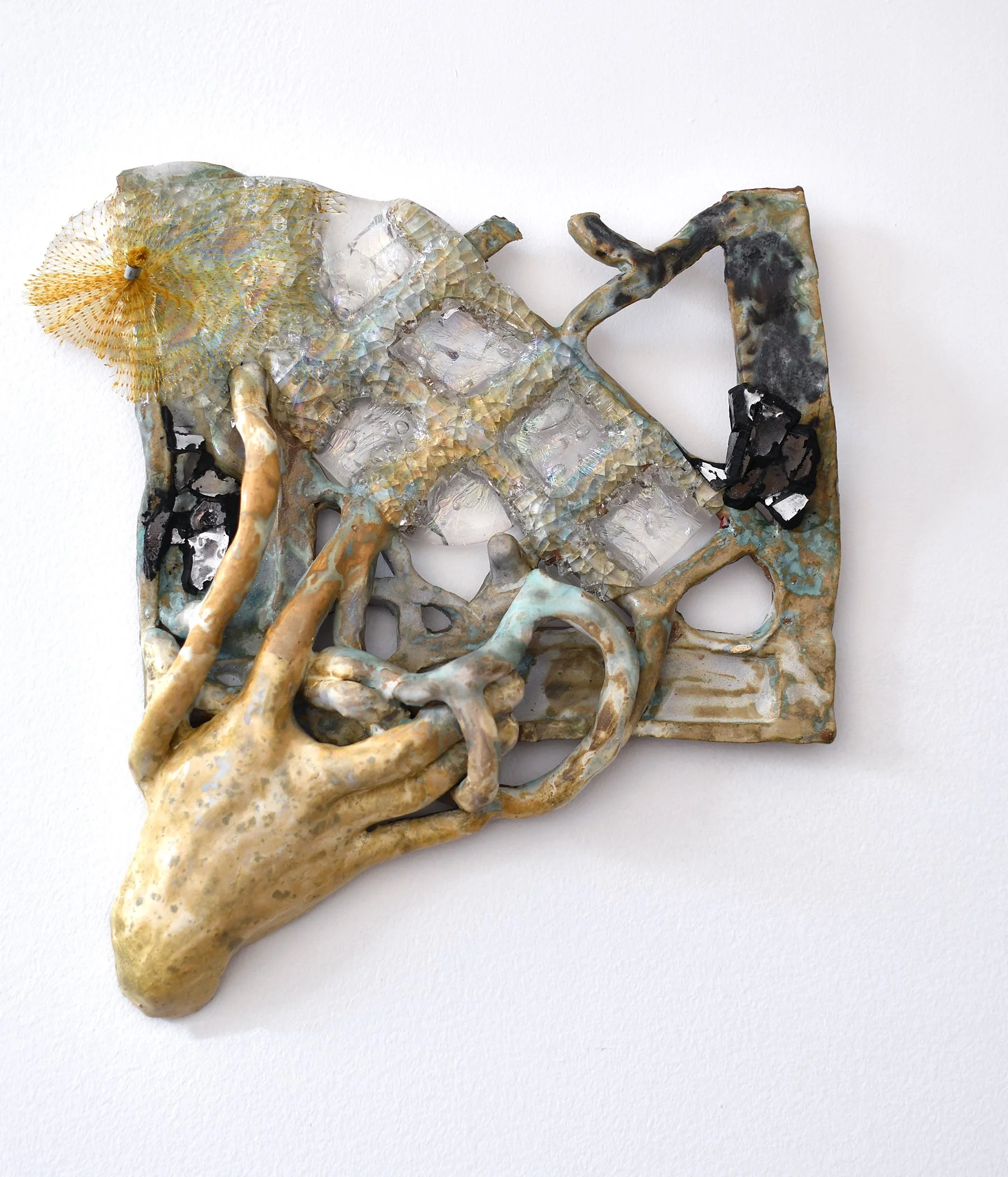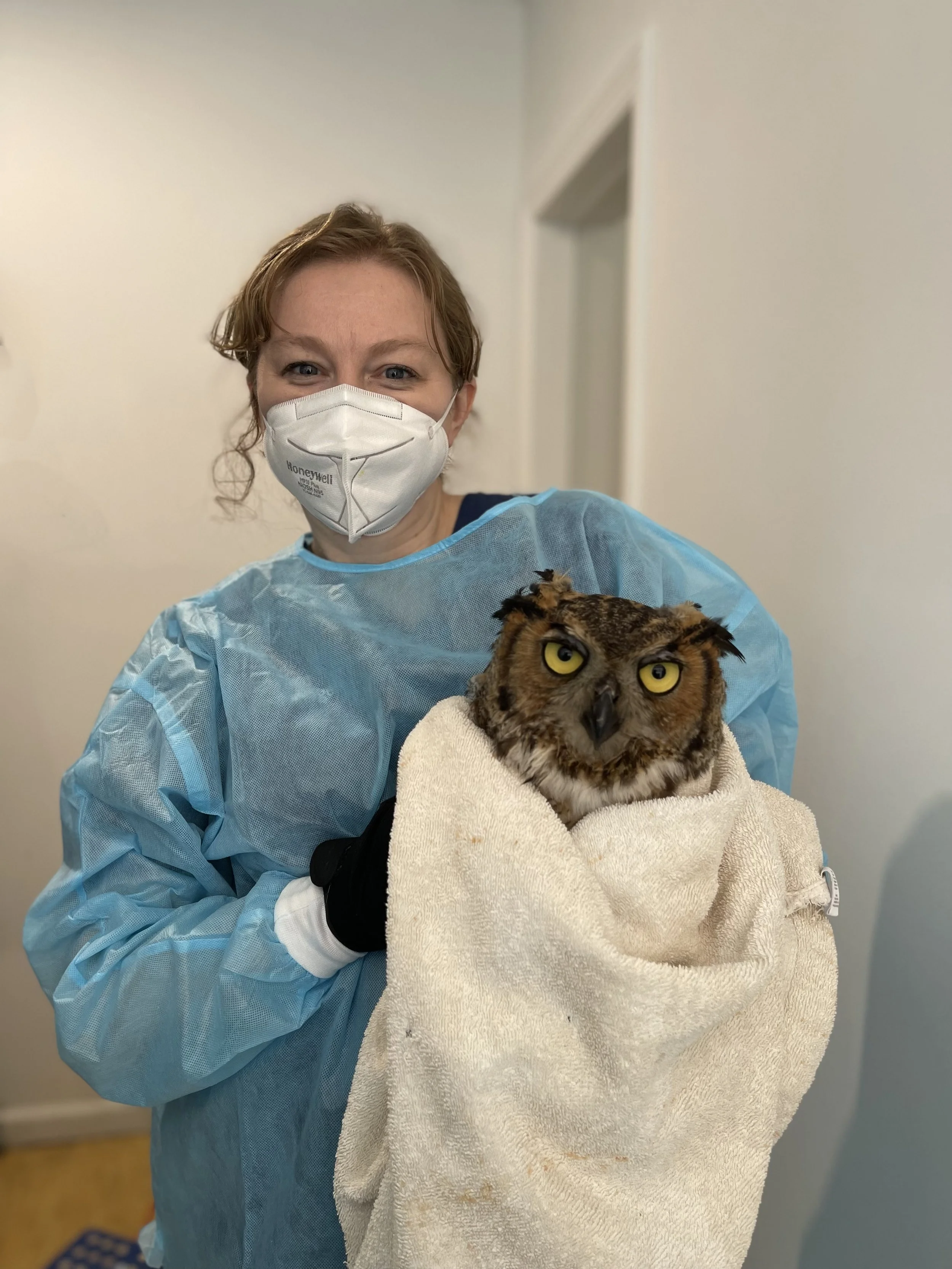In Conversation with Rachel Frank
In Conversation with Rachel Frank
Rachel Frank reflects on how sculptural making and wildlife rehabilitation inform one another—bridging art, healing, and transformation.
Through her process, she explores the shifting relationships between species, landscapes, and time, inviting us to reconsider how making can also be an act of repair.
Rachel Frank Q&A
How does a new piece usually begin for you?
I intuitively become interested in an idea and I start projects with research (books, articles, movies, or reaching out to local biologists/experts for landscape-specific projects), then writing and some rough sketches. I am most interested in projects where I am discovering or figuring out something by making.
What materials or processes do you find yourself drawn to most?
I like materials that have a long human history and are referential to time (clay, fabric, glass, bronze etc.) and am also drawn to processes where the hand is heavily involved.
How does your work with wildlife shape the way you think about art and care?
I work as a rehabber and a supervisor of waterfowl/raptors at the Wild Bird Fund in NYC. Wildlife rehabilitation is very intimate; as a rehabber I must always consider ways to alleviate pain, discomfort, or stress for species that are not able to verbally communicate with me. This work informs my art practice as I focus on the connections between non-human species that aid in the protection, healing, or repair of surrounding ecosystems. I am also much more aware of migratory cycles, the local effects of climate change, and human impacts on species and get to see connections being formed between animals and people when birds are rescued or released.
What interests you about using materials that transform through heat and change?
Transformational landscapes, species, and materials all interest me. Many of my projects address landscapes that are changing from climate change, the historical shift of species into commodity/resource, or the impacts of rewilding on ecosystems. Thematically using materials that undergo malleability of heating, melting, or altering before reaching their final state, I can address issues of movement, transition, hybridity, and transformation.
What ideas or environments are inspiring your current work?
Currently, I am researching various plants and animals that have transformational roles in the ecosystem and/or can be used for healing of the body. Both science and historical folklore of these species are things I am researching. I’m also interested in the movements of animals through seasonal migrations and the historical containment and movement of botanical goods around the globe with colonial expansion.








